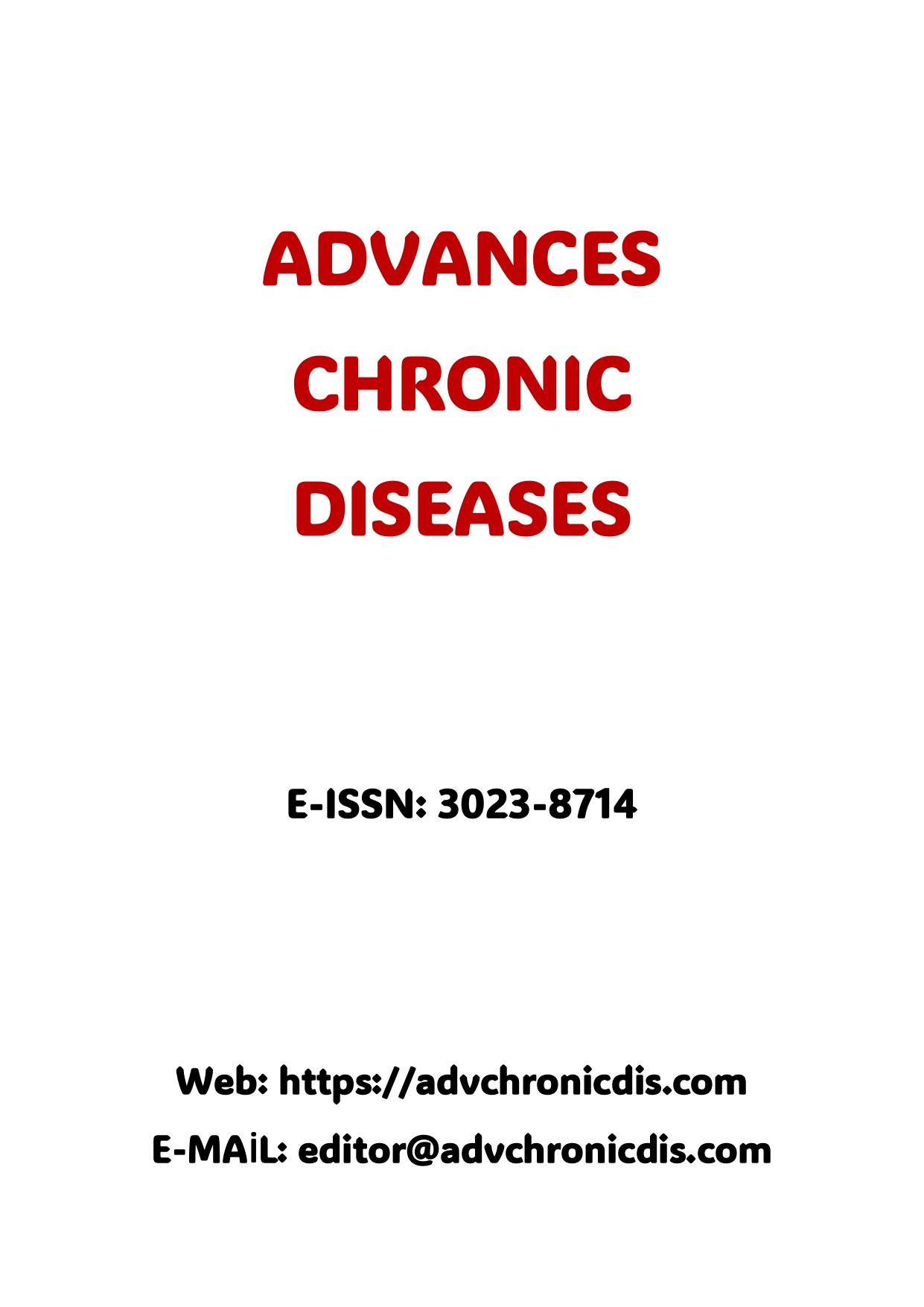Evaluation of Job Analysis Data of Nurses Working in Clinics
DOI:
https://doi.org/10.5281/zenodo.16906286Keywords:
Nursing, job analysis, workloadAbstract
Introduction: Conducting job analyzes of nurses is of vital importance in balancing the workload, determining task boundaries and improving the quality of health services. This study was conducted to determine the work analysis and workload of nurses.
Materials and Methods: The analytical and descriptive study was conducted with 62 nurses working in the clinics of a research hospital in Turkey. Data were collected using the Introductory Information Form and the Job Analysis form.
Results: In our study, in which the job description was made based on the field of service and job requirements were determined, it was determined that the workload of the nurses was high. As a result of the findings obtained from the research, the time allocated to nursing care activities took the first place by getting the most points. The time allocated to Research and Educational Activities was found to be sparse and ranked last. It was determined that the time spent by the nurses working in the intensive care units for direct care activities was higher than the nurses working in other services. In addition, it was determined that the time spent by nurses working in internal and surgical services for nursing management, paperwork, hospitalization procedures, patient coordination and education, and student guidance was higher than other units.
Conclusion: In line with the result of the research; Considering that the workload negatively affects the quality of the work done, determining the workload of nurses and arranging their work environment are important steps to increase the quality of care. It is also an important factor to increase the time allocated to education and to make arrangements to balance the patient/nurse ratio. Such arrangements will support nurses to work more efficiently and provide better care to patients.
Keywords: Nursing, job analysis, workload
References
Adomat, R., & Hicks, C. (2003). Measuring nursing workload in intensive care: an observational study using closed circuit video cameras. Journal of advanced nursing, 42(4), 402-412.
Akoğlan Kozak M. Konaklama işletmelerinde İş Analizi. Anadolu Üniversitesi Yayınları, 2001:3-118.
Avcı, G. G., Türker, S., Çifçi, M., & Sürücü, Ş. (2013). Yoğun bakım hemşirelerinin iş yükünün belirlenmesi. Yoğun Bakım Dergisi, 4, 21-24.
Avci, G. G., Türker, S., Çifçi, M., & Sürücü, S. (2013). Yogun Bakim Hemsirelerinin Is Yükünün Belirlenmesi/Determination of Workload of Intensive Care Unit Nurses. Journal of Critical and Intensive Care, 4(2), 21.
Dost, A. (2016). Hemşirelik Hizmetleri Yönetiminde Performans Değerlemenin Önemi. Çankırı Karatekin Üniversitesi Sosyal Bilimler Enstitüsü Dergisi, 7(2), 228-238.
Durak, İ., & Serinkan, C. (2007). Hemşirelerde iş tatmini: Denizli Devlet Hastanesi yoğun bakım ünitelerinde bir araştırma. Karamanoğlu Mehmetbey Üniversitesi Sosyal ve Ekonomik Araştırmalar Dergisi, 2007(2), 119-135.
Erigüç, G., & Perihan,Ş (2005). Çocuk Hemşireliği Hizmetlerinde İş Analizine dayalı İş Tanımı ve İş Gereklerinin Oluşturulmasına Yönelik Bir Araştırma. Hacettepe Sağlık İdaresi Dergisi, 8.
Gümüş, B. (2015). İş analizinin insan kaynakları yönetimi açısından önemi ve diğer insan kaynakları fonksiyonları ile olan ilişkisi (Master's thesis, Anadolu University (Turkey)).
Harmancı, A. K., Eşkin, F., Ünaldı, N., Baykal, Ü., Odacı, H., & İrik, T. (2011). Yönetici Hemşirelerin gözleme dayalı iş analizi sonuçları. Hemşirelikte Eğitim ve Araştırma Dergisi, 8, 2-51.
Kaplan, F., & Kaşıkçı, M. K. (2023). Bir kamu hastanesinde çalışan hemşirelerin hemşirelik sürecine ilişkin bilgi düzeyleri ve hemşirelik sürecini kullanmalarını etkileyen faktörler. Gümüşhane Üniversitesi Sağlık Bilimleri Dergisi, 12(3), 1202-1212.
Kaya, H., Kaya, N., Turan, Y., Tan, Y. M., Terzi, B., & Barlas, D. B. (2011). Nursing activities in intensive care units in Turkey. International journal of nursing practice, 17(3), 304-314.
Kocaman G, Seviğ Ü, Kubilay G. Türkiye’de Hemşirelik Eğitim ve İnsan Gücü Planlaması Mevcut Durum ve 2013 Vizyonu. Tıp- Sağlık Bilimleri Eğitim Konseyi Başkanlığı Ankara 2008: s47.
Korkmaz Z. Yenidoğan Hemşirelerinde İş Analizi ve İş Yükü (Doktora Tezi), Kayseri: Erciyes Üniversitesi Sağlık Bilimleri Enstitüsü Hemşirelik Anabilim Dalı; 2012
Mersin, S., İpçioğlu, İ., & Koca, G. (2018). Hemşirelerin iş yükü analizi. Health Care, 5(3), 239.
Nergiz, B., & Uğur, E. (2019). Göğüs hastanesinde solunum yoğun bakım ünitesinde çalışan hemşirelerin iş analizi. Yoğun Bakım Hemşireliği Dergisi, 23(3), 140-150.
Şenol Çelik, S., Atlı Özbaş, A., Bulut, H., Karahan, A., Koç, G., Çelik, B., Çevik Aydın, F., & Özdemir Özleyen, Ç. (2021). Covid-19 pandemisi ile geçen bir yıl. Başkent Üniversitesi Sağlık Bilimleri Fakültesi Dergisi, 6(COVID-19 Özel Sayısı), 26–37.
Tekin, V., & Gunay, U. (2019). Intensive care nurses’ perception of care concept the case of Turkey: A qualitative study. Medicine, 8(2), 330-4.
Terzi, B., & Kaya, N. (2011). Yoğun bakım hastasında hemşirelik bakımı. Yoğun Bakım Dergisi, 1, 21-25.
Türkmen, E., & Uslu, A. (2011). Özel bir hastanede hemşirelerin dolaylı bakım uygulamalarının değerlendirilmesi. Florence Nightingale Journal of Nursing, 19(2), 60–67.
Yapucu, Ü., & Argon, G. (2002). Nöroşirurji Kliniği Hemşirelik Biriminde Uygulanan İş Analizi. Ege Üniversitesi Hemşirelik Fakültesi Dergisi, 18(3), 1-13.
Downloads
Published
How to Cite
Issue
Section
License
Copyright (c) 2025 Veysel Tekin, Mustafa Güven

This work is licensed under a Creative Commons Attribution 4.0 International License.


